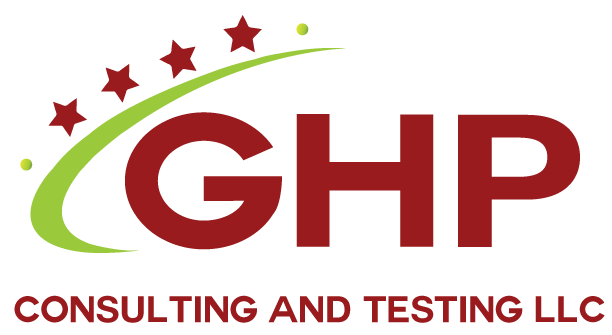FDA Form 483: Typical Mistakes to Avoid
The U.S. Food and Drug Administration (FDA) is entitled to conduct arbitrary audits and inspections, and these audits and inspections may result in FDA Form 483 observations and FDA warning letters. To lessen the likelihood of receiving warning letters, quality managers must take a series of preventative measures, which are discussed below in this piece.
Body Content: Food safety and regulatory compliance are an unavoidable part of the food industry. Food companies may have the best product ideas in the world, but they cannot bring it to the market until they meet the regulatory requirements and establish a solid food safety plan. Food safety is mandated by the FDA for manufacturers, processors, packagers, and anyone who holds food for consumption. Getting in compliance and ensuring that the company is producing safe food is not something that is easily achievable. And more critically, it is even more challenging to maintain a food safety system. FDA inspections were slightly less during the during the COvid-19 pandemic, but during the current post pandemic period, the FDA is ramping up its inspection efforts, and more FDA inspectors are deployed on field.
Due to the increase in inspections, the FDA inspectors are coming across more food facilities in violation of the law. There has been a significant increase in the number of Form 483’s and warning letters issued lately. The FDA Form 483 contains the violations found by the FDA inspector. At the end of an inspection, the FDA inspector hands over the Form 483 with the observation to the company management or to the food safety manager. The inspector discusses the violations with the authorized person and get their acknowledgement. Organizations are given the chance to immediately and voluntarily submit a written FDA Form 483 response that includes a corrective action plan. However, if the FDA’s concerns are not resolved and conveyed promptly, the FDA will take enforcement action. This action may include a warning letter, product recall, penalties, suspension and, of course, damage to your reputation.
Not Ready for an FDA Inspection
Keeping you and your team inspection-ready requires careful planning and regular internal audits and system checks. Don’t wait until you get an inspection notification from the FDA to begin gathering food safety documentation; You can greatly reduce the likelihood of receiving Form 483s by fostering a culture of compliance and making it a habit to integrate inspection readiness into your daily operations. Getting your team together and holding detailed, regular mock inspections is one tried-and-true strategy for making sure you’ll ace that inspection. Hire an outside consultant to audit your facility at least once a year to get a 3rd party perspective.
Lack of a Food Safety Culture
The CEO of the company generally shapes the corporate culture. Engaging top management critical to achieve a sustainable food safety culture within the organization. Albeit the senior management is heavily occupied with the business components of food facility, it is essential for them take interest in food safety and regulatory compliance since it is a core aspect of any food company. A few ways to incorporate a food safety culture is by training the staffs regularly, incentivizing employees based of performance, sending key employees to food safety seminars and conferences.
Inaccurate Standard Operating Procedures (SOP)
The Standard Operating Procedures (SOPs) must be described succinctly, and they must be reviewed regularly at a predetermined frequency. The most recent version should be accessible to your team and inspectors, and any amendment to the SOPs must be documented and retained.
Our FDA food safety consultants are well versed in resolving food safety issues pertinent to FSMA, HACCP, Dietary supplements, GMPs, and other relevant regulations. GHP can help your company overcome FDA Form 483 observations. Contact us for more information!
